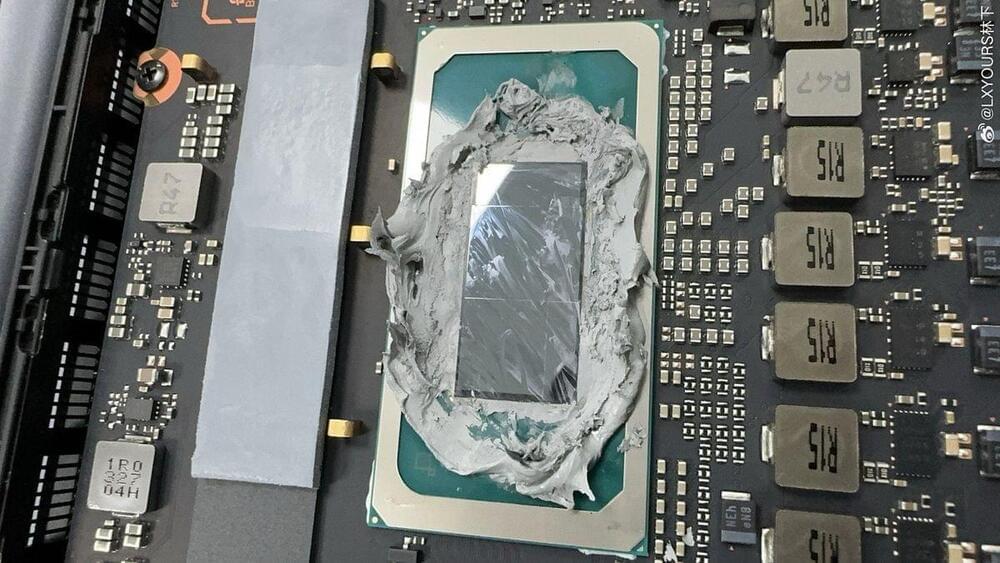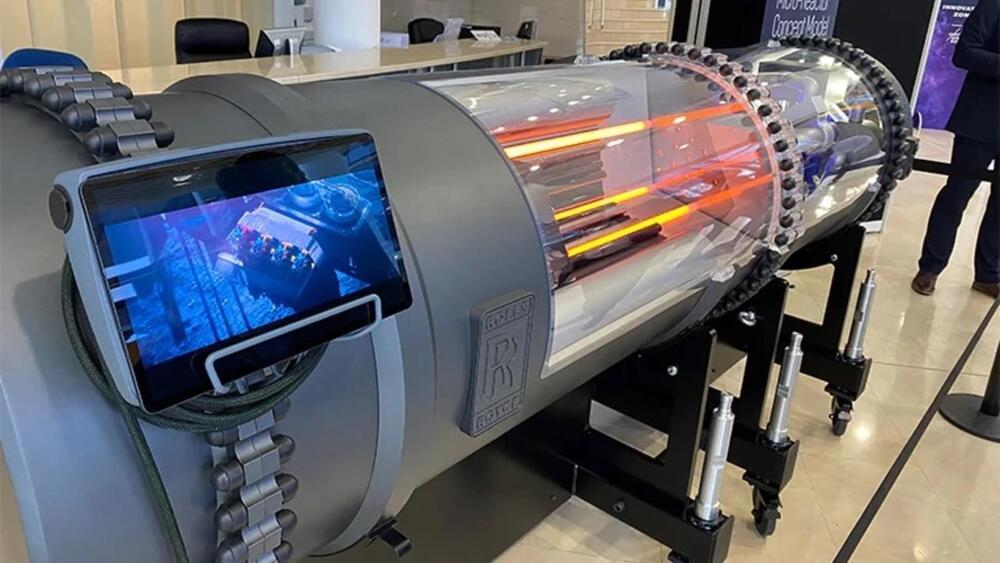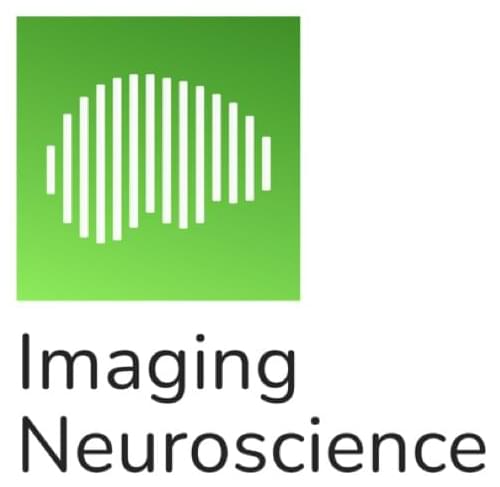Using 3D printing and porous silicon, researchers at the University of Illinois Urbana-Champaign have developed compact, visible wavelength achromats that are essential for miniaturized and lightweight optics. These high-performance hybrid micro-optics achieve high focusing efficiencies, while minimizing volume and thickness. Further, these microlenses can be constructed into arrays to form larger area images for achromatic light-field imagers and displays.
This study was led by materials science and engineering professors Paul Braun and David Cahill, electrical and computer engineering professor Lynford Goddard and former graduate student Corey Richards. The results of this research were published in Nature Communications.
“We developed a way to create structures exhibiting the functionalities of classical compound optics but in highly miniaturized thin from, via non-traditional fabrication approaches,” says Braun.







